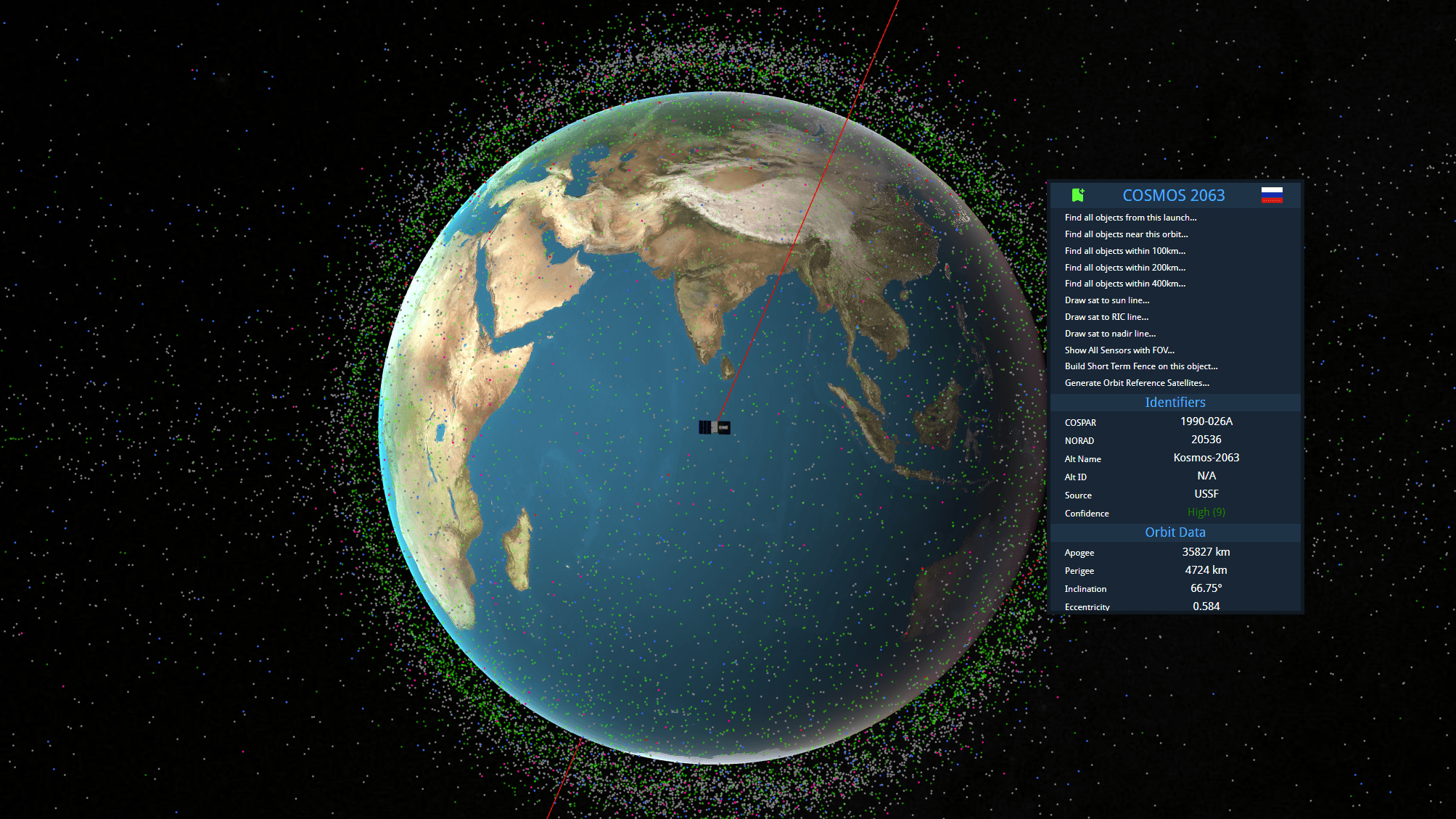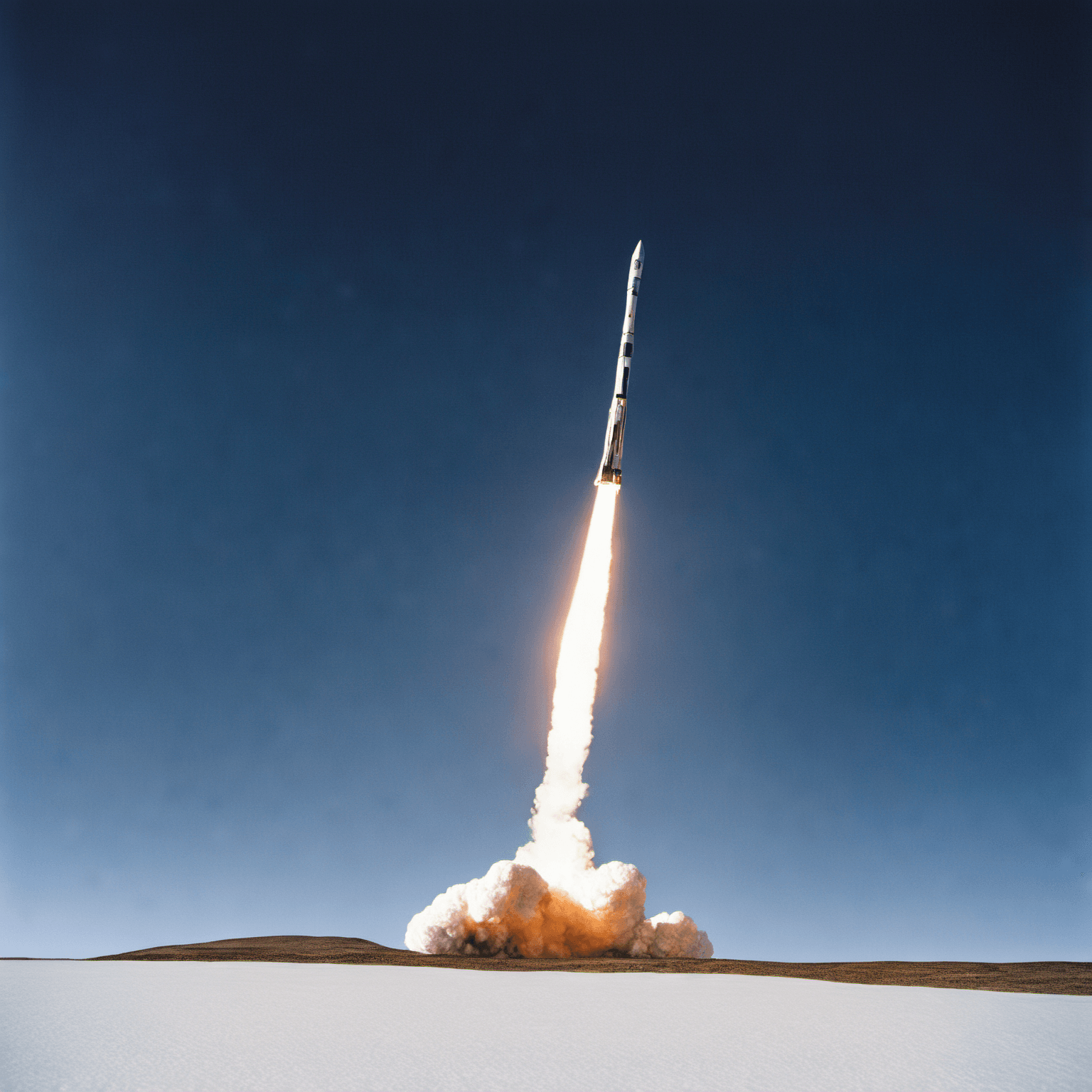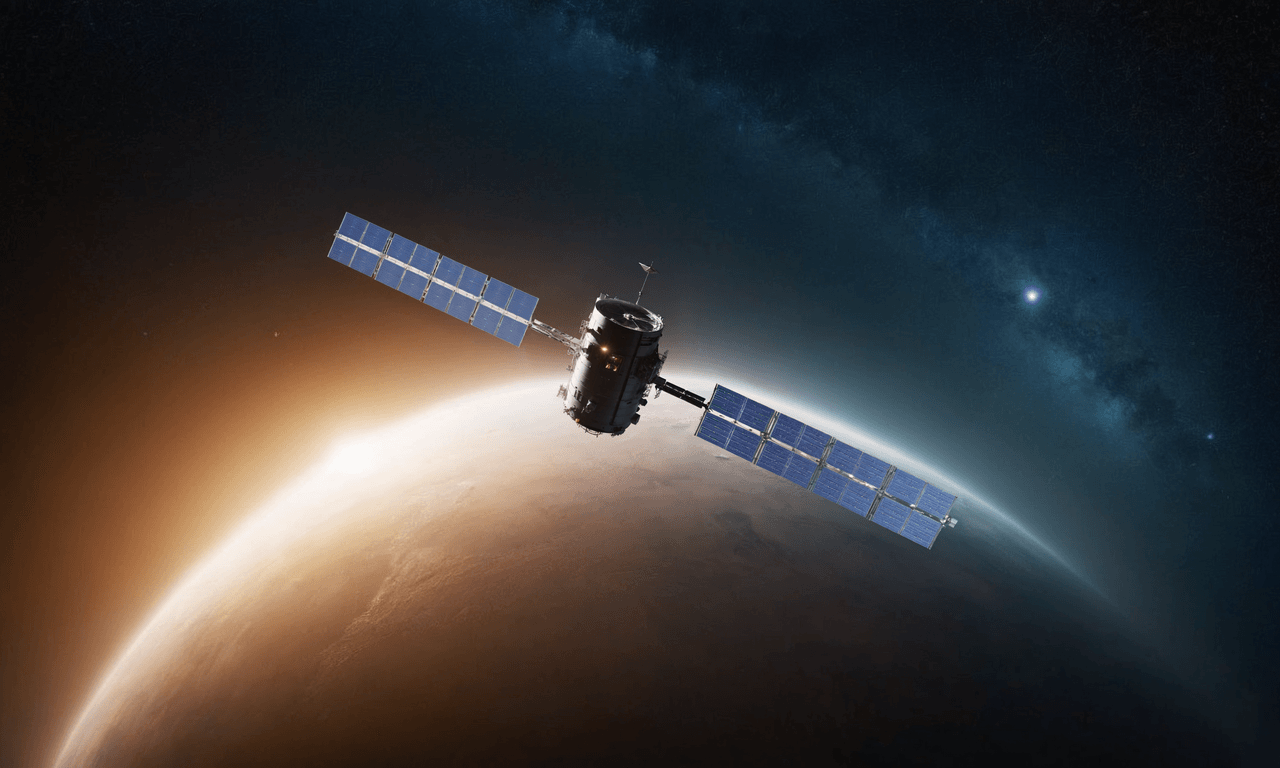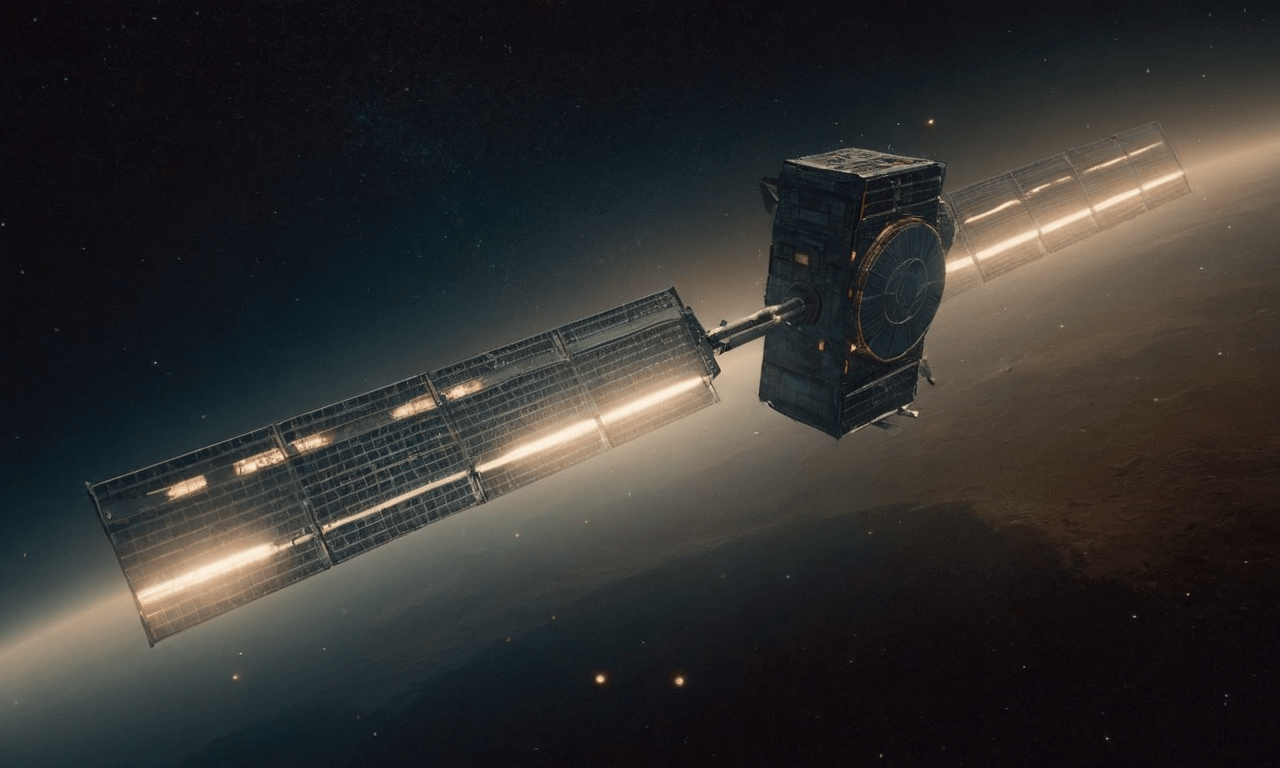· space brief · 7 min read
Space Brief 9 Sep 2024
Today's Space Brief explores new satellite launches, significant reentries, funding milestones, and critical policy updates.

📄Top Stories
Today’s Space Brief covers the latest from Eartheye Space raising $1.5 million in pre-seed funding, SpaceX’s upcoming Polaris Dawn mission, the FAA’s new regulations for orbital debris, and the successful reentry of ESA’s Cluster satellite. Stay tuned for detailed insights and satellite tracking opportunities.
📰Detailed Coverage
Eartheye Space Raises $1.5 Million
Singapore-based startup Eartheye Space has successfully raised $1.5 million in pre-seed funding. The funding will aid in expanding its online satellite-tasking platform, aiming to become a versatile service similar to “Uber Eats” for satellite imagery tasks.
This expansion could significantly impact how earth observation satellite data is utilized, making it more accessible and efficient. Check out our web app for real-time tracking of Eartheye Space’s future satellites!
Read the full story: SpaceNews
FAA to Complete Orbital Debris Upper Stage Regulations in 2025
The FAA is progressing towards establishing new rules for the disposal of upper stages in orbit. This move has gained urgency following another breakup of a Centaur upper stage in space, raising concerns about increasing orbital debris.
For satellite tracking enthusiasts, these regulations will play a crucial role in reducing potential hazards to operational satellites. Follow the updates and track debris movements on our web app.
Read the full story: SpaceNews
Polaris Dawn Mission: SpaceX Targets Tuesday Launch
SpaceX’s Polaris Dawn mission is scheduled for its next launch attempt on Tuesday at 3:38 a.m. EDT. Weather conditions might pose challenges, but SpaceX remains optimistic about the attempt from the Kennedy Space Center.
This mission marks another leap forward for SpaceX, with crucial experiments and technology demonstrations planned. Track its real-time updates through our web app.
Read the full story: SpaceFlightNow
Goodnight, Cluster: Brilliant End to Trailblazing Mission
ESA’s Cluster mission saw a historic close as the first of its four satellites performed a world-first ‘targeted reentry’ back to Earth. The mission has provided invaluable data on Earth’s magnetosphere since its launch.
The successful controlled reentry sets a new standard for satellite end-of-life procedures, emphasizing responsible space operations. Learn more about tracked reentry missions on our web app.
Read the full story: ESA
Starliner Returns to Earth Uncrewed
Boeing’s CST-100 Starliner spacecraft landed successfully in New Mexico, completing its Crew Flight Test mission without any crew on board. This mission faced numerous technical hurdles, including thruster problems and helium leaks, which were tackled effectively.
The recovery of the Starliner highlights Boeing’s resilience and iterative improvements in spacecraft technology, securing its role in future missions. Our web app offers in-depth tracking and data analysis for such pivotal missions.
Read the full story: SpaceNews
🛰️Satellite Spotlight
- Satellite Name: COSMOS 2063 (Kosmos-2063)
- NORAD ID: 20536
- Launch Date: 1990-05-07
- Mission: Early warning satellite part of Russia’s Oko program, designed for missile launch detection.
- Orbit: Inclination: 66.7536°, Period: 721.48 minutes, Eccentricity: Highly elliptical.
- Operator: PVO (Russian Aerospace Defense Forces)
- Fun Fact: COSMOS 2063 operates in a Molniya orbit, allowing long-duration observation of the Northern Hemisphere.
Current TLE Data:
1 20536U 90026A 24249.37918897 .00000582 00000-0 00000-0 0 99991
2 20536 66.7536 207.2178 5838241 141.5344 279.7067 1.99589004251080
Track this satellite in real-time on our web app: Track COSMOS 2063
🗑️Space Debris Update
Current tracked debris objects: 13893
Notable recent events
- “Targeted” Re-entry of Satellite: After a 24-year mission studying Earth’s magnetic field, an old satellite will mostly burn up over the Pacific Ocean in a controlled re-entry on Sunday. This is a pioneering effort by the European Space Agency (ESA) to reduce space debris from aging satellites. 🛰️
For more details, visit the original article on Phys.org.
🚀Upcoming Space Launches
September 10
- SpaceX Falcon 9 Block 5 | Polaris Dawn from Kennedy Space Center (07:38 UTC) First mission of the privately funded Polaris program. The goal of this mission, lasting up to five days in orbit, is to fly higher than previous Dragon missions, perform the first-ever commercial EVA with SpaceX-designed spacesuits, orbit through portions of the Van Allen radiation belt, conduct medical research, and test laser-based Starlink communications in space.
September 11
- Russian Federal Space Agency (ROSCOSMOS) Soyuz 2.1a | Soyuz MS-26 from Baikonur Cosmodrome (16:23 UTC) Soyuz MS-26 will carry two cosmonauts and one astronaut to the International Space Station aboard the Soyuz spacecraft from the Baikonur Cosmodrome in Kazakhstan.
September 12
SpaceX Falcon 9 Block 5:
- Starlink Group 9-6 from Vandenberg Space Force Base (02:45 UTC) A batch of satellites for the Starlink mega-constellation - SpaceX’s project for space-based Internet communication system.
- BlueBird Block 1 from Cape Canaveral (08:52 UTC) First five satellites for SpaceMobile’s cellphone-compatible broadband constellation.
Mitsubishi Heavy Industries H-IIA 202 | IGS Radar 8 from Tanegashima Space Center (04:00 UTC) The IGS Radar 8 is a Japanese radar reconnaissance satellite. The satellite is operated by the Cabinet Satellite Information Center. The satellite serves both Japan’s national defense and civil natural disaster monitoring.
September 13
- Galactic Energy Ceres-1 | Unknown Payload from Jiuquan Satellite Launch Center (07:08 UTC)
September 15
- SpaceX Falcon 9 Block 5 | Galileo L13 (FOC FM26 & FM32) from Cape Canaveral (22:48 UTC) Two satellites for Europe’s Galileo navigation system. Originally planned for launch on Soyuz-ST and then Ariane 6 but both were unavailable. Galileo provides Europe with an alternative to the American GPS and Russian GLONASS constellations, but will be interoperable with both systems.
September 16
- Rocket Lab Electron | Kinéis Killed the RadIoT Star (Kinéis 6-10) from Onenui Station, Mahia Peninsula (23:01 UTC) Second batch of five satellites for the French Kinéis IoT constellation designed to operate with 25 nanosatellites of 30 kg each.
September 24
- SpaceX Falcon 9 Block 5 | Crew-9 from Cape Canaveral (18:50 UTC) SpaceX Crew-9 is the ninth crewed operational flight of a Crew Dragon spacecraft to the International Space Station as part of NASA’s Commercial Crew Program.
September 30
- SpaceX Falcon 9 Block 5 | OneWeb 20 from Vandenberg Space Force Base (00:00 UTC) A batch of 20 satellites for the OneWeb satellite constellation, which is intended to provide global Internet broadband service for individual consumers. The constellation is planned to have around 648 microsatellites (of which 60 are spares), around 150 kg each, operating in Ku-band from low Earth orbit.
Note: Launch dates and times are subject to change due to technical or weather considerations.
💡Did You Know?
Did you know that the United States Space Force operates a network of ground-based optical telescopes called the Ground-Based Electro-Optical Deep Space Surveillance (GEODSS) system? This network consists of three operational sites located in Socorro, New Mexico; Diego Garcia, British Indian Ocean Territory; and Maui, Hawaii. Each GEODSS site uses three powerful telescopes that can track objects as small as a basketball more than 20,000 miles away in geosynchronous orbit. These telescopes use highly sensitive digital cameras to detect objects by the sunlight they reflect, allowing them to operate only at night and in clear weather conditions. The GEODSS system is crucial for maintaining space situational awareness, tracking both active satellites and space debris, and plays a vital role in preventing potential collisions in Earth’s increasingly crowded orbit.
🔬Technical Corner
Molniya Orbits
Molniya orbits, named after a series of Soviet/Russian satellites, are highly elliptical orbits with unique characteristics that make them particularly useful for certain types of missions, especially those requiring coverage of high latitude regions.
Key features of Molniya orbits:
Inclination: Typically 63.4 degrees, chosen to minimize the perturbation of the argument of perigee by the Earth’s oblateness.
Eccentricity: Highly elliptical, usually around 0.7, resulting in a low perigee and high apogee.
Period: Approximately 12 hours, allowing for two revolutions per day.
Apogee location: Usually over the Northern Hemisphere, providing extended visibility for high-latitude regions.
Ground track: Forms a figure-eight pattern when projected onto the Earth’s surface.
Molniya orbits are particularly useful for communication satellites serving polar regions, as they allow for long dwell times over these areas. They also provide an alternative to geostationary orbits for regions where geostationary satellites may have poor visibility due to low elevation angles.
Understanding Molniya orbits is crucial for satellite operators and trackers, as these orbits present unique challenges in terms of tracking, communication windows, and potential space debris management due to their extended range of altitudes.




